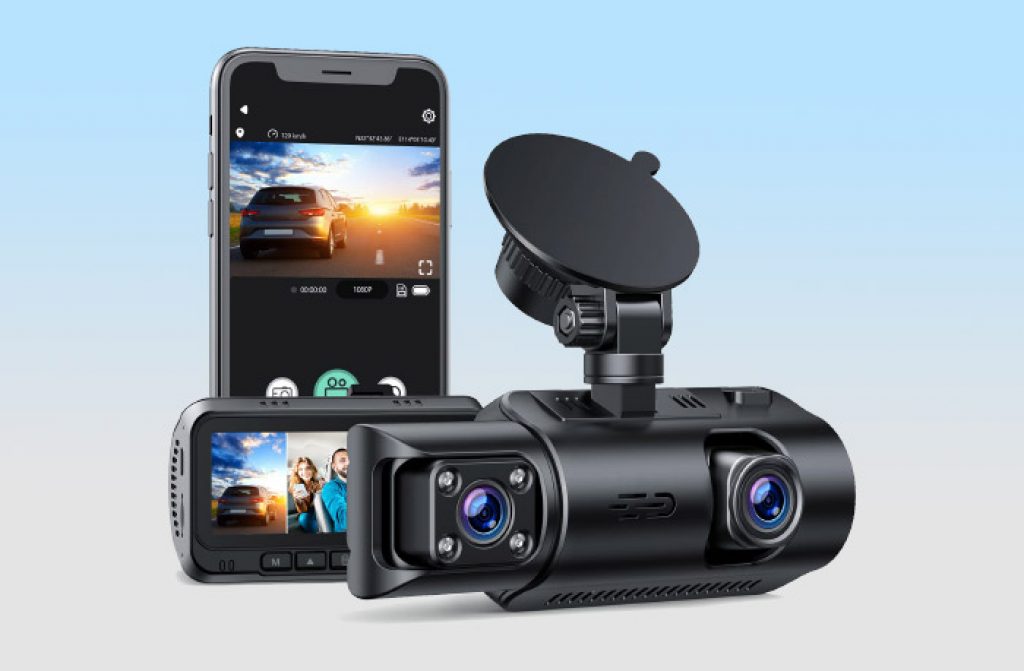With the increase in car thefts and accidents, it is essential to take necessary measures to protect your vehicle. One of the ways to ensure your car’s safety is by installing an in-car dash cam. Dash cams have gained popularity among car owners, and for good reason. They provide evidence in case of accidents and can deter thieves from targeting your car. In this article, we will discuss everything you need to know about in-car dash cams, their benefits, and how to choose the right one for your vehicle.
1. What are In-Car Dash Cams?
In-car dash cams are small, mounted cameras that are installed on a vehicle’s dashboard or windshield. These cameras record the driver’s view of the road and capture everything that happens while driving. The footage recorded by the dash cam can be used as evidence in case of accidents, theft, or vandalism.
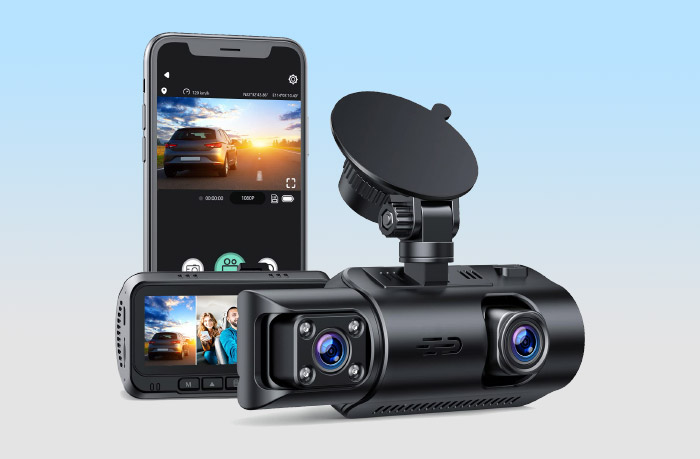
2. Benefits of In-Car Dash Cams
Installing an in-car dash cam in your vehicle can provide many benefits, including:
- Evidence in case of accidents: Dash cams record the events leading up to and during an accident. This footage can be used as evidence in court and can help you prove your innocence in case of false claims.
- Deterrent against theft: The presence of a dash cam can deter thieves from targeting your car. In case of theft, the footage can be used to identify the thief and recover your vehicle.
- Lower insurance premiums: Some insurance companies offer discounts on premiums for car owners who have installed dash cams in their vehicles.
- Peace of mind: Knowing that your car is being monitored can give you peace of mind while driving and when parked.
3. How Do In-Car Dash Cams Work?
In-car dash cams work by recording the view from the driver’s perspective. The camera records the video and audio while the car is in motion or parked. Most dash cams have loop recording, which means that when the storage is full, the oldest footage is overwritten by the newest. Some dash cams also have a G-sensor, which detects sudden changes in speed or direction and saves the footage from that moment.
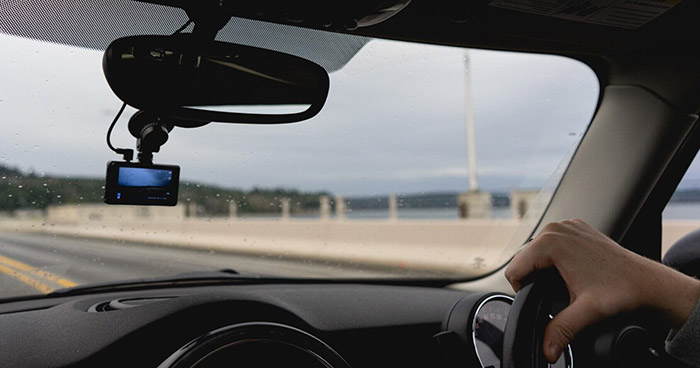
4. Different Types of Dash Cams
There are several types of in-car dash cams available on the market. Some of the most popular types are:
4.1 Front-Facing Dash Cams
Front-facing dash cams are mounted on the dashboard or windshield and record the driver’s view of the road ahead. These cameras provide footage of any accidents or incidents that occur in front of the vehicle.
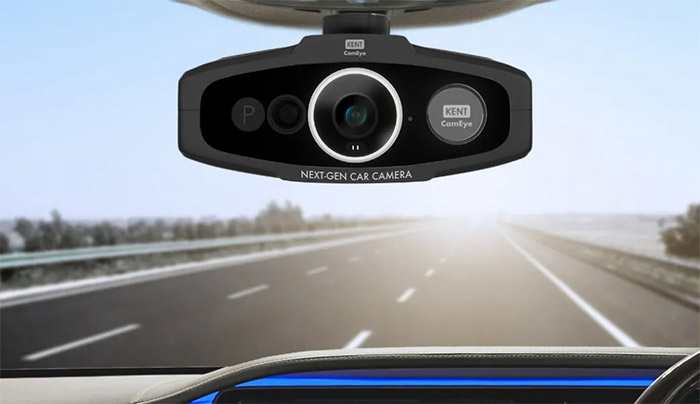
4.2 Rear-Facing Dash Cams
Rear-facing dash cams are mounted on the back of the car and record the view behind the vehicle. These cameras are useful for capturing the actions of other drivers or any incidents that may occur behind your car, such as a rear-end collision or hit-and-run.
Rear-facing dash cams can also be useful for monitoring the behavior of passengers in the back seat, such as children or pets. Some rear-facing dash cams come with a reverse parking mode that provides assistance when parking in tight spaces. Overall, a rear-facing dash cam can provide valuable footage that can be used as evidence in case of accidents or incidents.
4.3 Dual Dash Cams
Dual dash cams are a combination of front and rear-facing cameras that provide complete coverage of the vehicle. These cameras are useful for recording both the front and back views simultaneously.
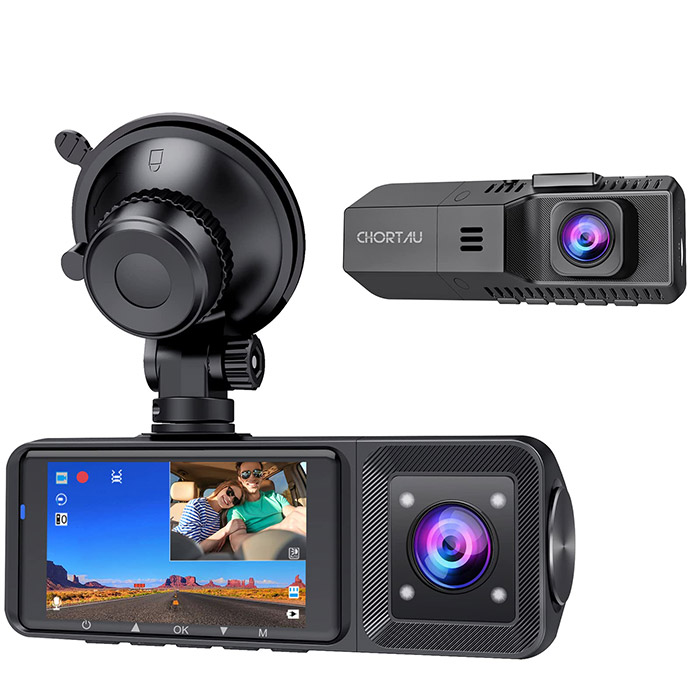
4.4 360-Degree Dash Cams
360-degree dash cams record a complete view of the surroundings of the vehicle. These cameras are useful for providing a complete view of the surroundings while driving.
5. Features to Look for in In-Car Dash Cams
When choosing an in-car dash cam, there are several features to consider:
5.1 Video Quality
Video quality is an important factor to consider when choosing an in-car dash cam. Look for a camera that records in high resolution, as this will provide better image clarity and detail.
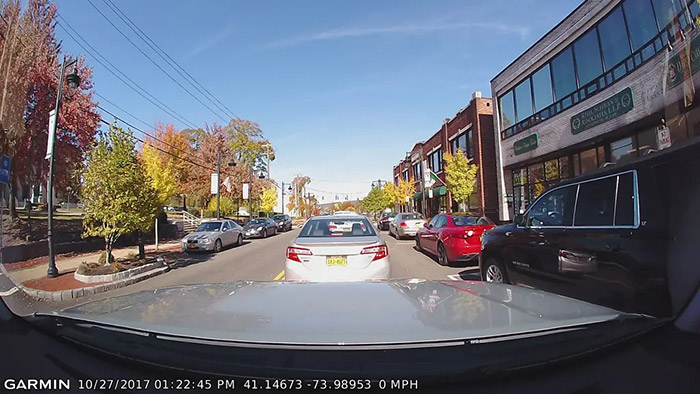
5.2 Storage Capacity
Storage capacity is another important feature to consider. Look for a dash cam that has enough storage to record several hours of footage.
5.3 Loop Recording
Loop recording is a feature that allows the camera to overwrite old footage with new footage when the storage is full. This ensures that the camera continues to record even when the storage is full.
5.4 Night Vision
Night vision is an important feature to consider if you frequently drive at night or in low light conditions. Look for a camera that has good low-light performance and can record clear footage in dimly lit environments.

5.5 G-Sensor
A G-sensor is a feature that detects sudden changes in speed or direction and saves the footage from that moment. This is useful for capturing footage of accidents or incidents.
5.6 Wi-Fi Connectivity
Wi-Fi connectivity is a feature that allows you to transfer footage from the dash cam to your smartphone or computer wirelessly. This makes it easy to access and share footage.
6. How to Install an In-Car Dash Cam
Installing an in-car dash cam is a relatively simple process. Most dash cams come with a mounting bracket and adhesive pads that allow you to attach the camera to the dashboard or windshield. Once the camera is mounted, you can connect it to the car’s power source and start recording.
7. Maintenance of In-Car Dash Cams
To ensure that your in-car dash cam continues to function properly, it is important to perform regular maintenance. This includes keeping the lens clean and checking the storage capacity regularly.
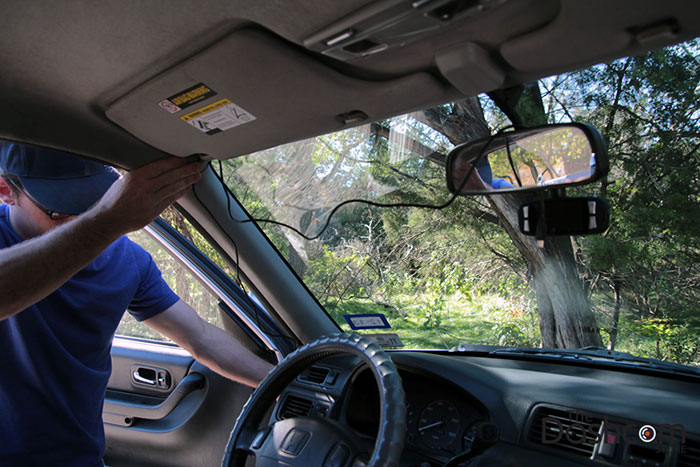
8. Legal Considerations
It is important to be aware of the legal considerations when using an in-car dash cam. In some states and countries, it is illegal to record audio without the consent of all parties involved. Be sure to check the laws in your area before using a dash cam that records audio.
9. Top In-Car Dash Cams on the Market
There are many in-car dash cams available on the market, each with its own set of features and benefits. Some of the top dash cams on the market include the BlackVue DR900S-2CH, the Thinkware F800 Pro, and the Garmin Dash Cam 55.
10. Conclusion
In-car dash cams are an essential tool for protecting your vehicle and providing evidence in case of accidents or theft. When choosing a dash cam, it is important to consider the features that are most important to you, such as video quality, storage capacity, and night vision. With the right dash cam installed, you can enjoy peace of mind knowing that your car is being monitored at all times.
11. FAQs
[wpsm_accordion][wpsm_accordion_section title=”Do I need to notify my insurance company that I have a dash cam installed?”]It is a good idea to notify your insurance company that you have a dash cam installed, as some companies offer discounts on premiums for dash cam users.[/wpsm_accordion_section][wpsm_accordion_section title=”Can I use a dash cam to record audio?”]In some states and countries, it is illegal to record audio without the consent of all parties involved. Be sure to check the laws in your area before using a dash cam that records audio.[/wpsm_accordion_section][wpsm_accordion_section title=”How do I choose the right dash cam for my vehicle?”]When choosing a dash cam, consider the features that are most important to you, such as video quality, storage capacity, and night vision. You should also consider the size and placement of the camera to ensure that it does not obstruct your view while driving.[/wpsm_accordion_section][wpsm_accordion_section title=”Can I install a dash cam myself?”]Yes, most dash cams come with a mounting bracket and adhesive pads that allow you to attach the camera to the dashboard or windshield. However, if you are not comfortable installing the camera yourself, you can have it installed by a professional.[/wpsm_accordion_section][wpsm_accordion_section title=”How do I view the footage recorded by my dash cam?”]Most dash cams come with software that allows you to view the footage on your computer or smartphone. Some dash cams also have Wi-Fi connectivity, which allows you to transfer footage wirelessly.[/wpsm_accordion_section][/wpsm_accordion]



